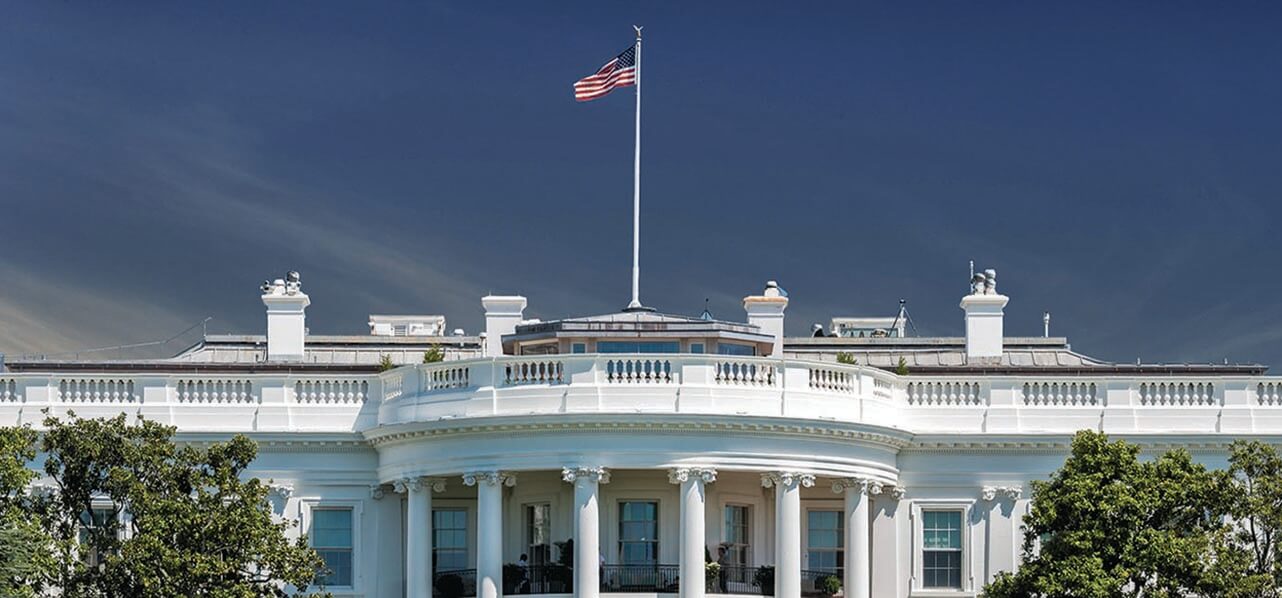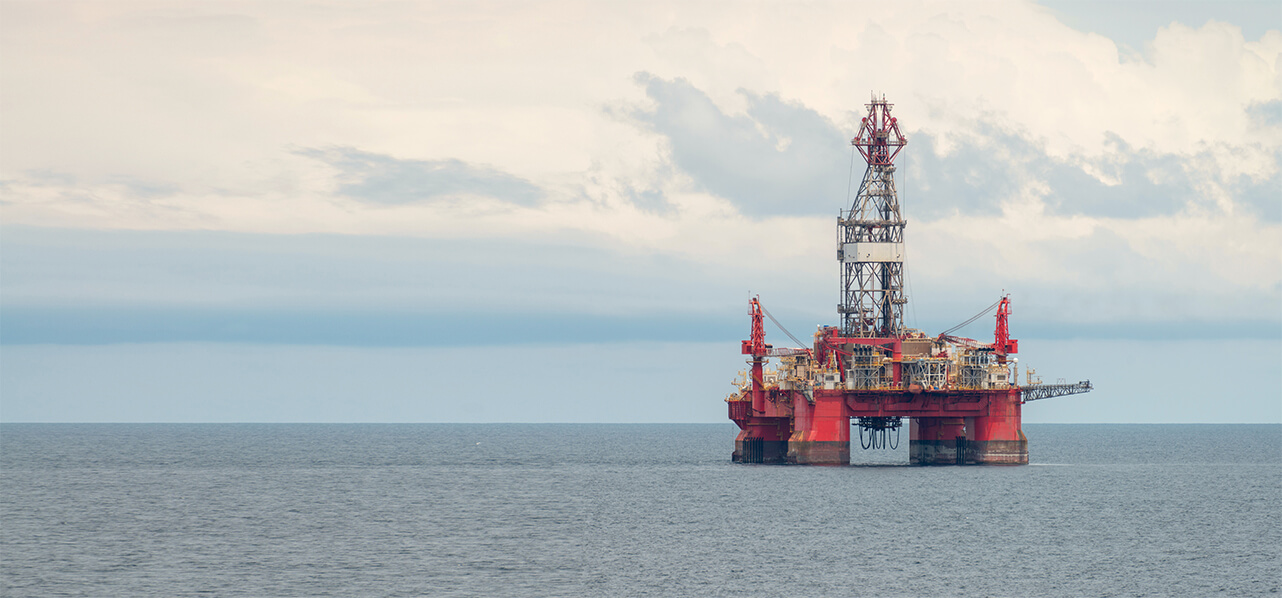This article is the second of a seven-part series on the application of US sanctions to the shipping community.
This article will focus on “comprehensive sanctions,” which prohibit most trade between the US and the target country, with a particular focus on three countries currently targeted by comprehensive sanctions: Iran, Syria and North Korea. Similar jurisdictions which are subject to varying levels of comprehensive sanctions, including Cuba, the Crimea region (Russia/Ukraine) and Venezuela (which may be thought of as subject to “quasi-comprehensive” sanctions) will be dealt with later in the series.





